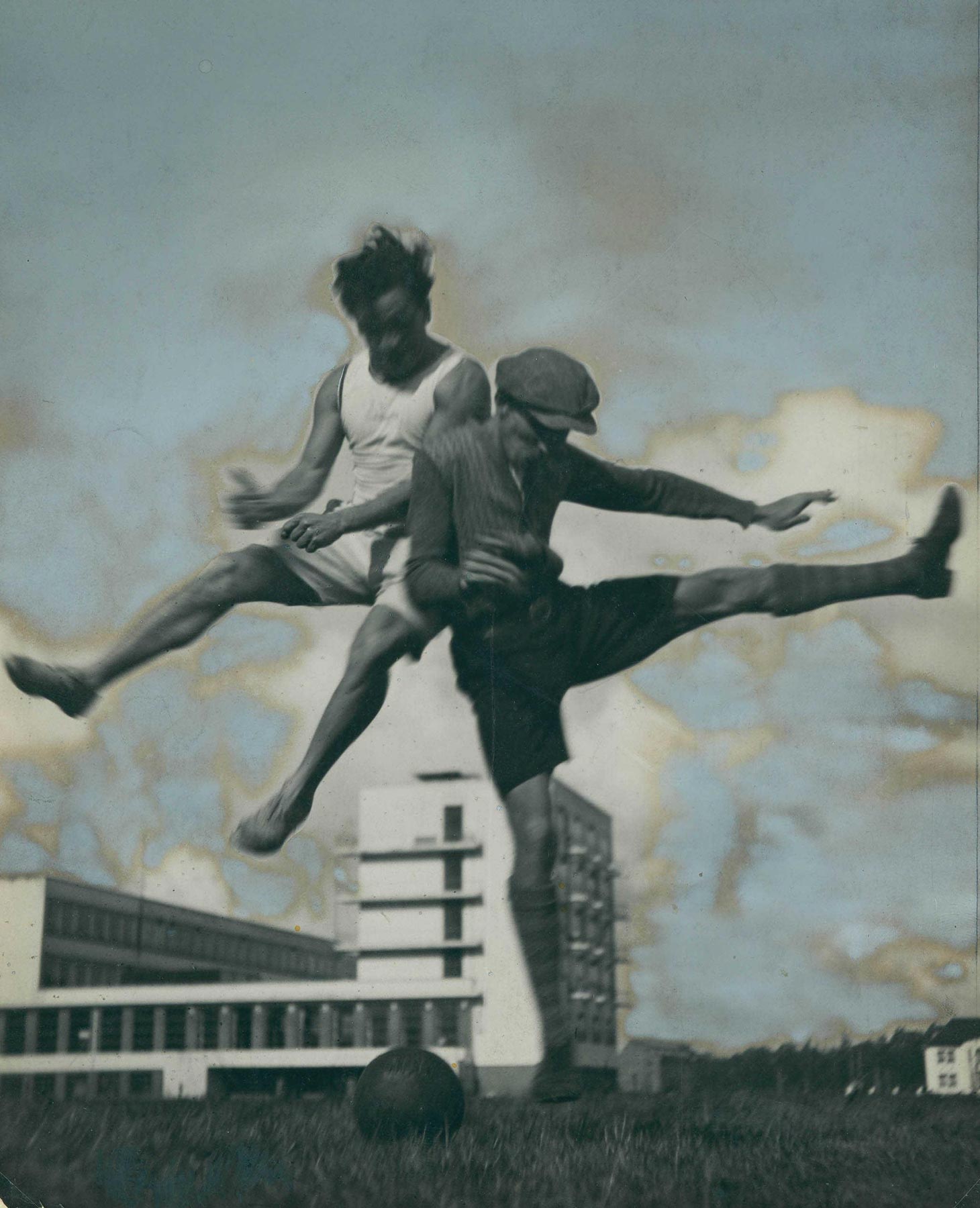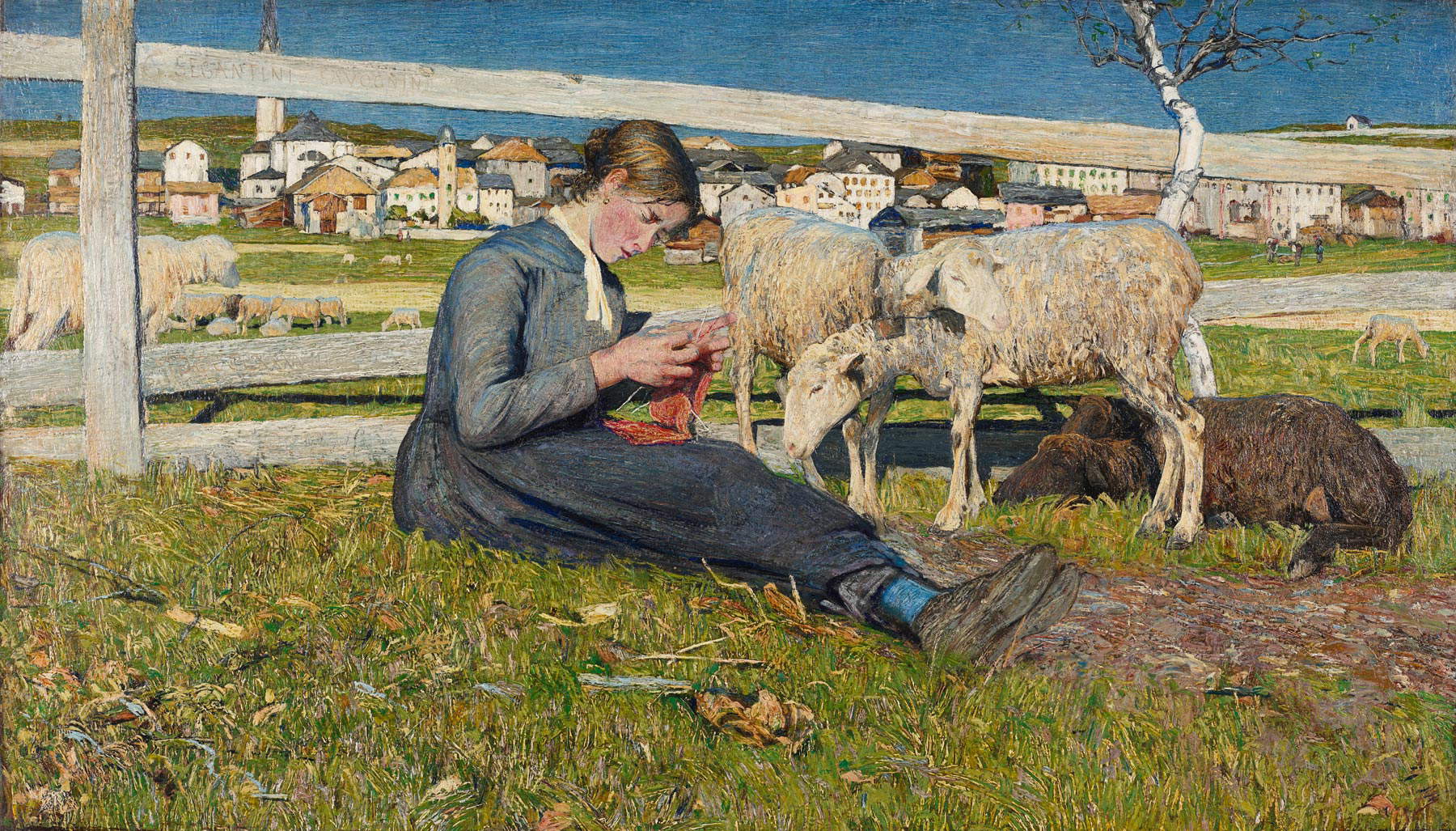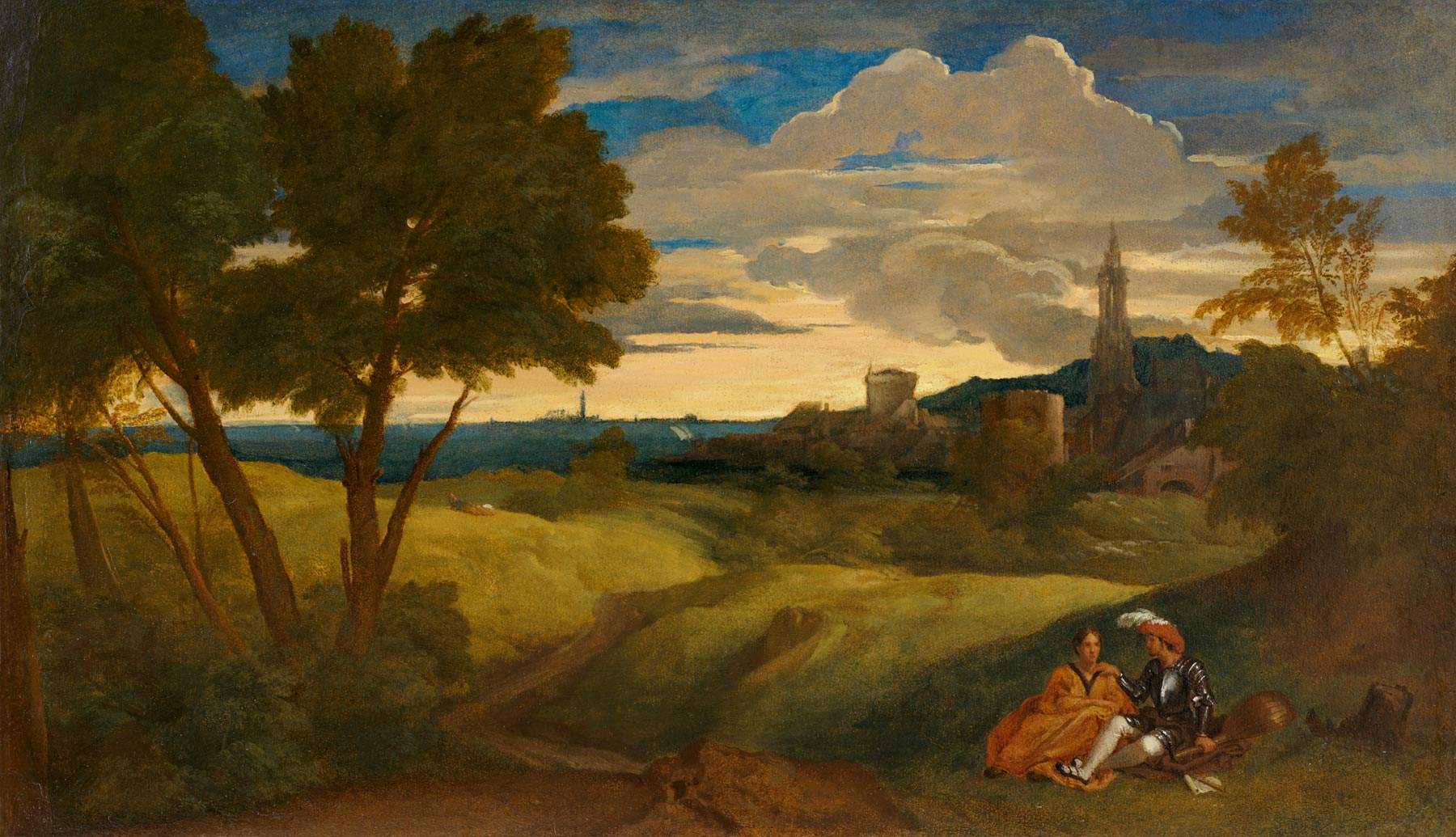At the end of 2021, the Kunsthaus Zurich plans to complete its complex and lengthy (more than five years) expansion: by that time, therefore, the Emil Bührle Collection , the Merzbacher Collection and the Hubert Looser Foundation will be located in their new building, which will constitute not only the largest art museum in Switzerland, but also a rich and extensive collection of French paintings. Further innovations will be new temporary exhibition spaces, post-1960 art , and the largest permanent exhibition of Alberto Giacometti’s major works accompanied by a revised presentation in the already present building. The museum venue expects to reach 400,000 visitors a year as early as 2022.
The Kunsthaus brings together works ranging from the thirteenth century to the present and has about 4500 paintings and sculptures and 95 thousand prints and drawings; of all these treasured masterpieces only 10 percent are on permanent display. Especially significant are the largest collection of works by Norwegian artist Edvard Munch outside his country and the largest collection of works by Swiss artist Alberto Giacometti, as well as relevant Impressionist and Modernist paintings, from Picasso, Monet and Chagall to Beckmann, Kokoschka and Corinth. Also, works by Pop Art and major artists such as Rothko, Twombly, Beuys and Baselitz. In addition to paintings, sculptures, prints and drawings, the museum holds 1,300 photographs and 550 video installations. As the building expands, 20 percent of the collections will be made visible, double the current possible capacity.
Meanwhile, Kunsthaus Zurich’s exhibition program offers as many as three exhibitions.
Until October 11, 2020, the museum is hosting a major exhibition devoted to the 1920s, entitled Ephemeral Glory. The Roaring Twenties. For the first time since the 1970s, a dialogue is offered between Bauhaus, Dada, the new objectivism , and the design and architecture icons of the modern movement. The 1920s were characterized by a strong desire for innovation, so a high degree of experimentation was reached in the arts. Taking Berlin, Paris, Vienna and Zurich as reference points, the exhibition aims to present all the media popular at that time, such as painting, sculpture, photography, film, collage, fashion and design. These years saw the birth of Chanel’s little black dress, Le Corbusier, Charlotte Perriand and Pierre Jeanneret’s armchair , and Margarete Schütte-Lihotzky’s Frankfurt kitchen: icons that never go out of fashion and are a source of inspiration as well as an object of desire for design enthusiasts.
For the exhibition, curator Cathérine Hug, selected three hundred works by eighty of the most significant artists in a wide range of fields: among them, Josef Albers, Hans Arp, Kader Attia, Marc Bauer, Constântin Brancu?i, André Breton, Marcel Breuer, Suse Byk, Coco Chanel, Adolf Dietrich, Dodo, Marcel Duchamp, Max Ernst, Hans Finsler, Margarete Schütte-Lihotzky, George Grosz, Heinrich Hoerle, René Herbst, Vasilij Kandinsky, Paul Klee, Le Corbusier, Fernand Léger, Elli Marcus, Lucia Moholy, Piet Mondrian, Trevor Paglen, Charlotte Perriand, Man Ray, Hans Richter, Ludwig Mies van der Rohe, Thomas Ruff, Xantu Schawinsky, Kurt Schwitters, Hiroshi Sugimoto, Félix Vallotton, Madeleine Vionnet, Nikolai Wassilieff. Contemporary artists explicitly used the languages and themes of the 1920s; in particular, Marc Bauer, Veronika Spierenburg, and Rita Vitorelli created new works especially for the exhibition.
The works do not follow a chronological order nor are they divided by genre, but are arranged around key sociocultural themes in the 1920s: Overcoming the Trauma of War, New Gender Roles, Plurality of Ways of Seeing, The Ecstasy of Movement. Certainly, among the main features of that decade was the variety of expressive means. For this reason, the program accompanying the exhibition is not limited to creative processes, but also aims to offer a reflection on current social and economic issues.
The exhibition is a collaboration between the Kunsthaus Zurich and the Guggenheim Museum in Bilbao, where it will run in spring and summer 2021. It is co-produced with Festspiele Zürich and supported by the Zurich Silk Industry Association.
The catalog is published by Snoeck-Verlag and contains new contributions by Cathérine Hug, Petra Joos, Gioia Mori, Alexis Schwarzenbach, and Jakob Tanner.
 |
| Marianne (My) Ullmann, Modesta (1925; tempera on canvas, 61.2 x 61.2 cm; Vienna, University of Applied Arts) |
 |
| Theodore Lux Feininger, Xanti Schawinsky, Untitled (ca. 1927; painted black-and-white photograph, 23.2 x 17.9 cm; Private collection) |
Also running until November 15, 2020, at the museum’s premises is the exhibition Kader Attia. Remembering the future. This is theAlgerian-French artist ’s first exhibition in German-speaking Switzerland: an exhibition revolving around Europe’s colonial past and its consequences, which the artist addresses through his sculptures, photographs, videos and installations. Born in 1970 in the northern suburbs of Paris to Algerian parents, Kader Attia currently works between Berlin and Paris, and his art is based on his experience of living between two cultures. In anever-before-seen video installation created especially for the exhibition at the Kunsthaus, the artist addresses the much-debated and highly topical issue of the restitution of non-Western, particularly African, artifacts. The work is an attempt to explore this complex issue and includes the voices of historians, philosophers, activists, psychoanalysts and economists. It brings together the various points of view, without blaming anyone, to achieve an articulate analysis on the issue. The history of Switzerland and its collections flow within the same film, giving rise to fascinating new visions.
In the first room of the exhibition, the artist presents a series of collages and research, exploring the links between modern architecture and the history of colonialism. This interaction is strongly represented by the large sculpture Indépendance Tchao (2014), which refers to the currently abandoned Hôtelde l’Indépendance in Dakar from the 1960s, and consists of metal archive boxes used by the French colonial police in Algeria during the war of independence to collect information on rebels. The video The Boy’s Legacies. The Post-Colonial Body (2018), on the other hand, deals with the theme of violence against black people: it stems from an incident in the Paris suburbs in February 2017, during which a young black man, Théo Luhaka, was beaten and was subjected to violence with a baton during a police stop. Attia draws inspiration from this brutal episode caused by the French power state to reflect on how the bodies of former colonized and enslaved populations were being transformed-an issue of urgent relevance given the tragic death of George Floyd in America.
For several decades, Kader Attia has been analyzing the concept of "repair." To repair something means to restore it to its original state, but according to Attia, its meaning is extended to "correction," or correcting a previous mistake. The artist plays on this double meaning, investigating the different concepts included in the term in both the Western and non-Western worlds. He presented an extraordinary work on this theme at Documenta 13 in Kassel in 2012, where his large installation The Repair from Occident to Extra-Occidental Cultures occupied an entire room: among other elements, the work included wooden busts depicting people with disfigured faces: those gueules cassées, an expression coined by Colonel Yves Picot when he had been refused entry to a gathering for the war-disabled, were soldiers who had survived World War I but were scarred forever by the deep wounds they had suffered in battle. Kader Attia crossed Africa carrying photographs of those wounded that he had found in the historical archives of Germany and France and, working together with traditional artisans, sculpted busts in the former colonies from those images. It is a work about the horrors of war, but it also hints at the relationship between Western modernity and Africa. The Kunsthaus Zurich acquired one of those busts in 2015 and has since added additional works by the artist to its collections: they are on display among loans from other museums and private collections.
Attia is not only an artist but also an activist. In Paris he runs a platform where people from a wide range of cultures and social backgrounds actively participate. With the exhibition’s curator, Mirjam Varadinis, Attia has organized an extensive program of initiatives, such as readings, film screenings, guided tours and discussions.
The exhibition has the support of Swiss Re - Partners for Contemporary Art, the Yanghyun Foundation and the Dr. Georg and Josi Guggenheim Foundation.
 |
| Kader Attia, Culture, Another Nature Repaired (2014-2020; teak wood on metal base). Courtesy the artist and Galerie Nagel Draxler |
 |
| Kader Attia, La mer morte (2015; installation with used blue clothes). Courtesy the artist and Galerie Nagel Draxler and Regen Projects. |
Finally, the public can visit until November 8, 2020 the exhibition Landscapes. Painted Places, curated by Philippe Büttner: the exhibition presents a significant collection of landscape paintings, with about sixty key works from the collection included in the period between the 16th and 19th centuries in Flanders, Holland, and Italy. It starts with late medieval paintings in which the purpose of depicting the landscape is to serve as a backdrop for the depiction of biblical scenes,such as the birth of Christ, and to bathe them in an evocative light. This is followed by Dutch and Italian landscapes from the 16th century. Refined works by Flemish painter Jan Brueghel the Elder precede in particular landscape paintings from the Golden Age of the 17th century, when Dutch artists moved away from religious themes to develop a rich tradition related to landscape. On display are works by painters such as Hendrick Avercamp, Jan van Goyen, Jacob van Ruisdael, Nicolaes Berchem, and Margareta de Heer. From Holland to Italy: after admiring Dutch landscapes, the public can see works created in Italy in the 17th century: these include works by Domenichino and Salvator Rosa, and two splendid paintings by Claude Lorrain, who was born in France but worked mainly in Italy.
The presentation of Old Masters, such as Joachim Patenier, Hendrick Avercamp, Jan van Goyen, Jacob van Ruisdael, Claude Lorrain, and Domenichino, concludes with an important Italian landscape completed by Bernardo Bellotto in 1744. Works by the masters include Landscape with St. Jerome by Patenier and workshop, Winter Landscape with Mill by Avercamp, The Village of Gazzada by Bellotto, Evening Landscape with Couple attributed to Titian.
The final section consists of curator Philippe Büttner ’s collection of works from the artistic production at the threshold of the 20th century, a period when exponents of modernism began to introduce their own visions into the choice of themes and pictorial execution
In early modern paintings, artists such as van Gogh, Segantini, and Monet reacted in very different ways to theopen countryside that the Old Masters had so emblematically depicted; an observation that is foregrounded by the unconventional manner in which these works are presented.
| <img src=’https://cdn.finestresullarte.info/rivista/immagini/2020/fn/tiziano-vecellio-attribuito-paesaggio-sera-con-figure.jpg ’ alt=“<a href=”https://www.finestresullarte.info/arte-base/tiziano-vecellio-vita-opere-arte“>Tiziano Vecellio</a> (attributed), Evening Landscape with Figures (c. 1518-1520; oil on paper applied to canvas, 34.1 x 58 cm; Zurich, Kunsthaus) ” title=“Tiziano Vecellio (attributed), Evening Landscape with Figures (c. 1518-1520; oil on paper applied to canvas, 34.1 x 58 cm; Zurich, Kunsthaus) ” /> |
| Tiziano Vecellio (attributed), Evening Landscape with Fig ures (c. 1518-1520; oil on paper applied to canvas, 34.1 x 58 cm; Zurich, Kunsthaus) |
 |
| Giovanni Segantini, Girl at Savognin (1888; oil on canvas, 53 x 91.5 cm; Zurich, Kunsthaus) |
The exhibition has the support of Albers & Co AG.
All three exhibitions have various activities planned during the exhibition period, such as guided tours, meetings, discussions, performances, and special events, such as the conference Postcolonial Switzerland, which will be held Nov. 1 in the Kunsthaus Auditorium as part of the Kader Attia exhibition.
The museum venue is also preparing for a major exhibition (Nov. 13, 2020 to Feb. 14, 2021) dedicated to Romanticism in Switzerland: more than 150 works to give the public an understanding of the remarkable contribution Swiss artists had in the spread of European landscape paintings, extending to famous Romantic painters from other countries, such as Caspar David Friedrich, Eugène Delacroix and William Turner.
For more info, you can visit kunsthaus.ch
Hours: Tuesday, Friday, Saturday and Sunday 10 a.m. to 6 p.m.; Wednesday and Thursday 10 a.m. to 8 p.m. Closed Mondays.
 |
| At Kunsthaus Zurich three exhibitions and expansion ready in 2021 |
Warning: the translation into English of the original Italian article was created using automatic tools. We undertake to review all articles, but we do not guarantee the total absence of inaccuracies in the translation due to the program. You can find the original by clicking on the ITA button. If you find any mistake,please contact us.